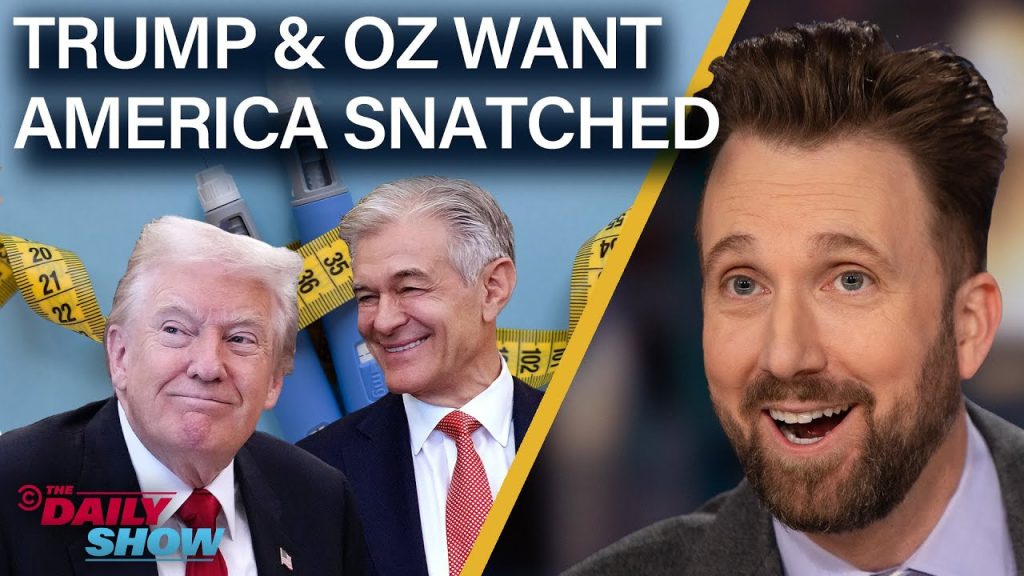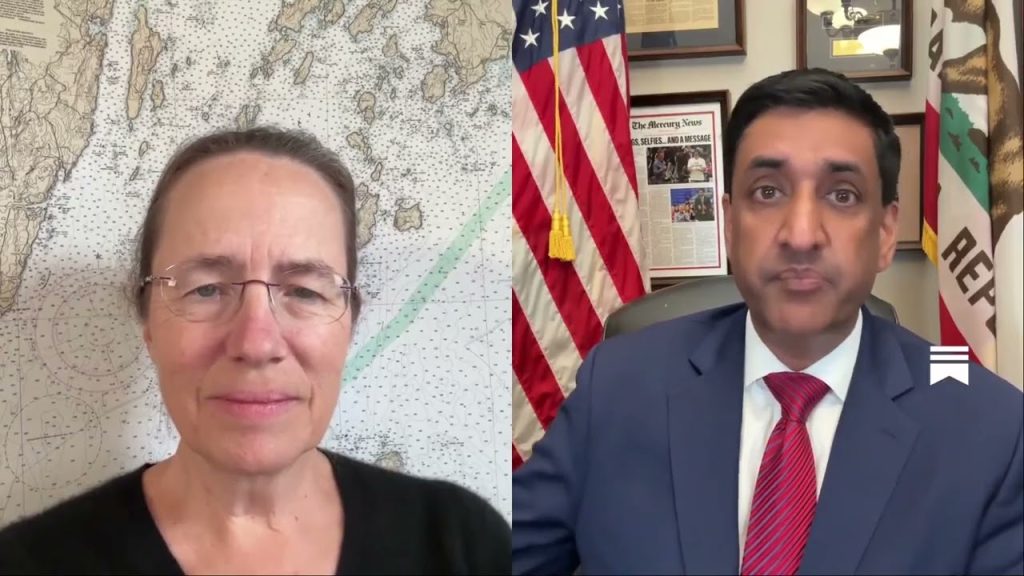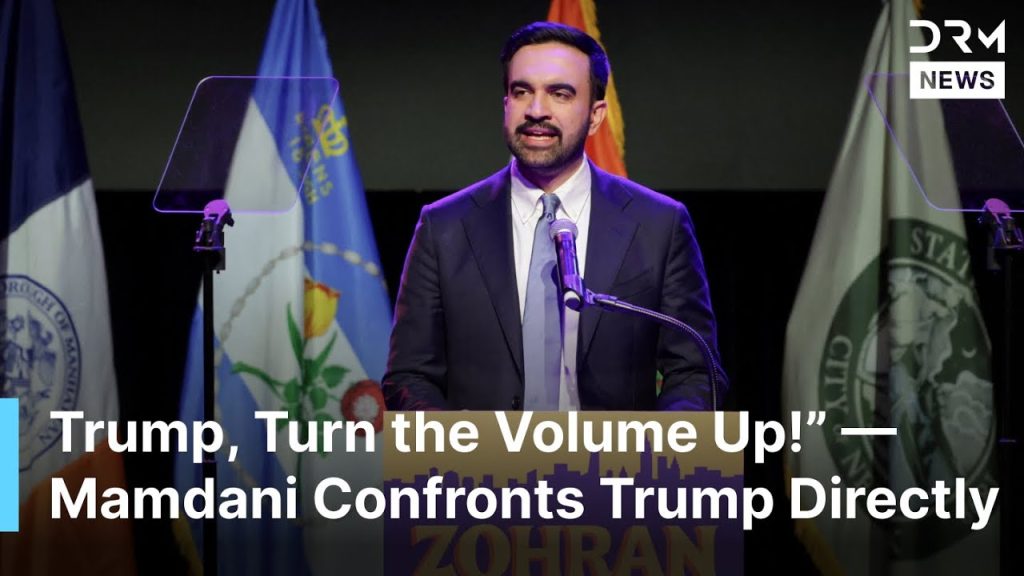Greg Gutfeld, co-host of the popular political talk show The Five, has ignited fresh controversy following his remarks on the portrayal of right-wing individuals in the media and their stance on violence and self-defense. During a recent broadcast, Gutfeld challenged what he described as a one-sided narrative that paints conservatives as inherently dangerous, arguing instead that many on the right simply seek to protect themselves and their families.
In a notable segment aired in April 2024, Gutfeld stated, “They portray the right as somehow the dangerous ones when basically all we’re doing is wanting to protect ourselves and protect our families. What is it about that that makes them so violent?” His comments have sparked a heated conversation online, fuelling debates about political bias, media framing, and the broader national conversation about violence and self-defense.
Gutfeld’s remarks come at a time when discussions surrounding political violence and extremism have intensified across the United States. Both right-wing and left-wing groups have been scrutinized by analysts, law enforcement, and the public alike due to the rise in politically motivated incidents. However, Gutfeld’s perspective emphasizes a defensive posture among conservatives, contrasting with portrayals in some media narratives that often emphasize aggression or threats from right-wing factions.
Supporters of Gutfeld argue that his comments highlight a critical yet underrepresented viewpoint — that many individuals identifying with conservative ideologies feel unfairly stigmatized as violent actors when their primary concern is safety and self-preservation. This perspective resonates with a significant subset of the population that views gun ownership, border security, and community vigilance as fundamental rights and necessities rather than aggressive postures.
Critics, on the other hand, assert that Gutfeld’s statements risk downplaying real instances of right-wing violence and may contribute to a broader trend of minimizing concerns about domestic extremism. Some analysts caution that framing self-defense as the central motivation without acknowledging documented cases of premeditated violence can obscure the complexity of the issue.
The broader media landscape has been grappling with how to fairly portray political violence without inflaming partisan tensions. Gutfeld’s comments add to these ongoing discussions by questioning the labels and assumptions often applied to political groups. His challenge to the narrative encourages viewers to consider the nuanced emotions and motivations behind political affiliations and actions.
Notably, Gutfeld’s statement also taps into a larger cultural debate regarding the role of family protection, personal freedom, and societal safety in American political identity. For many conservatives, the notion of family and community protection is deeply intertwined with their political values, particularly regarding Second Amendment rights and skepticism of government intervention.
As the debate continues, Gutfeld’s remarks highlight how sensitive and multifaceted the conversation about violence, rights, and political portrayal remains. Whether viewed as a valid defense of conservative communities or as a polarizing oversimplification, his comments underscore the ongoing challenges in bridging divides in America’s political discourse.
Ultimately, this latest round of commentary reminds us that conversations about violence and safety in America are not only about factual events but also about perception, identity, and narrative framing—a dynamic Gutfeld evidently sought to challenge on The Five.



